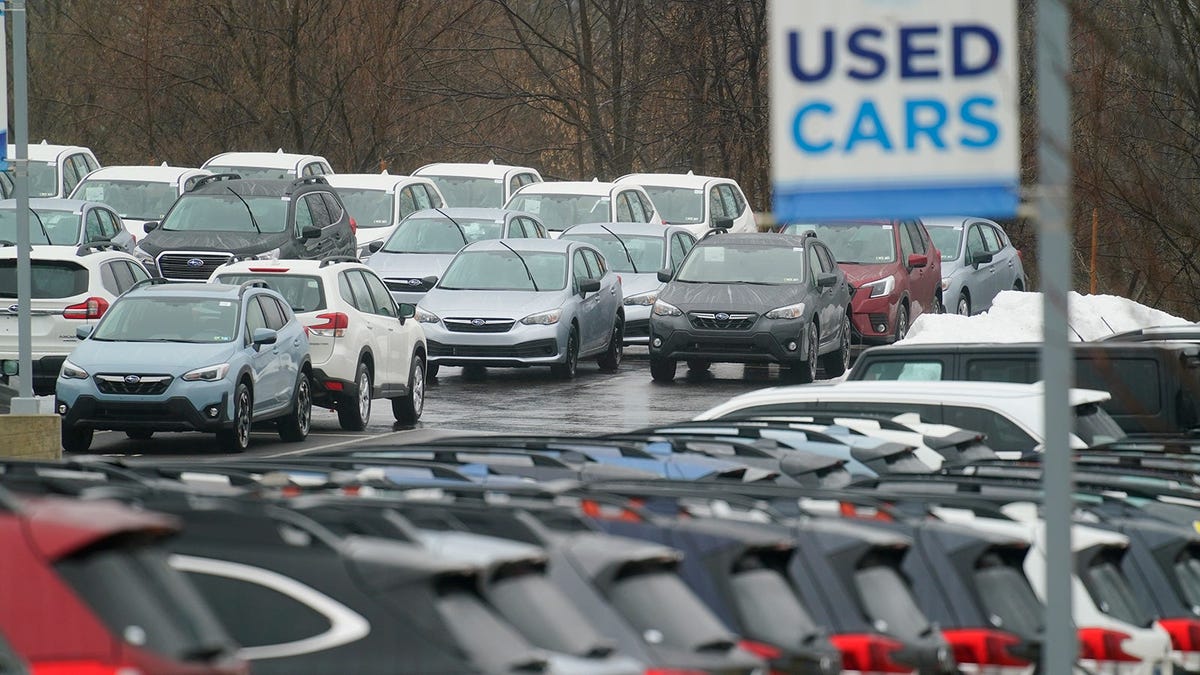As the used car market returns to normal, buyers on a budget looking for affordable cars are still facing challenges. While there are some helpful strategies to get a quality ride at a reasonable price, putting an artificial cap of 100,000 miles is not one of them.
Naturally, this advice comes from GoBankingRates.com via Yahoo! Finance. This is the same outlet that has suggested people buy $18,000 cars and finance them for $1,300 a month, or that Toyota Tacomas are terrible cars to buy new because of their “depreciation.” The bad take factory keeps churning them out, but this time they cite “experts” that say you should never buy a car with over 100,000 miles…no matter how cheap the price is.
Among the quoted experts is someone who specializes in EVs speaking generally about all kinds of used cars (emphasis mine)
Auto industry expert Rob Dillan, founder of EVhype, laid out the primary reasons why 100,000 miles is still generally “the maximum number of miles a used car should have before it is no longer considered for purchase, regardless of reliability or price.
Many auto experts agree that 100,000 miles is the upper limit for considering the purchase of a used car,” said Dillan. “Beyond this point, the likelihood of significant maintenance and repairs increases substantially. Vehicles with over 100,000 miles typically face more frequent issues with major components such as the engine, transmission and suspension. The average cost of engine repair or replacement can range from $3,000 to $8,000, while transmission repairs can cost between $1,800 and $3,400. These potential expenses can quickly outweigh any initial savings from a lower purchase price.
I will concede that a car with over 100,000 miles will often require more maintenance than a car with 50,000 miles, but this is obvious to anyone even if they aren’t an expert. However, to assume that most used cars with over six figures on the odometer will usually face major engine and transmission replacements is a big leap. A lot of used car buyers have been led to believe that once a car crosses this magical 100,000 mark it becomes a ticking time bomb, and that is simply not true. There are several models that can last upwards of 250,000 and beyond with the right care.
Of course, the biggest flaw with this advice is, what do you do if the only cars you can afford have over 100,000 miles? Conduct a market scan of your local Craigslist or Marketplace and see how many vehicles you can find under $10,000 or even $15,000 with fewer than 100,000 on the clock. That inventory is going to shrink quickly.
How should buyers mitigate their risk when buying a used car? It’s certainly reasonable to say that paying a little more for a lower-mile car could be worth it, but buyers with limited budgets may simply not have the option just to buy a more expensive car.
Focusing on models known to have good long-term build quality is a solid first step. Still, I would caution buyers against pigeonholing themselves into only searching for popular imports, as they may be missing out on well-built domestics that can be had for a better value.
While mileage and service history are valid filters, getting a pre-purchase inspection done by a trusted mechanic is one of the best ways to reduce the risk of buying a problematic vehicle.
Tom McParland is a contributing writer for Jalopnik and runs AutomatchConsulting.com. He takes the hassle out of buying or leasing a car. Got a car buying question? Send it to Tom@AutomatchConsulting.com

